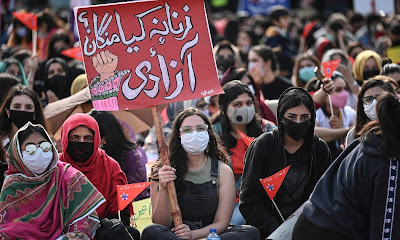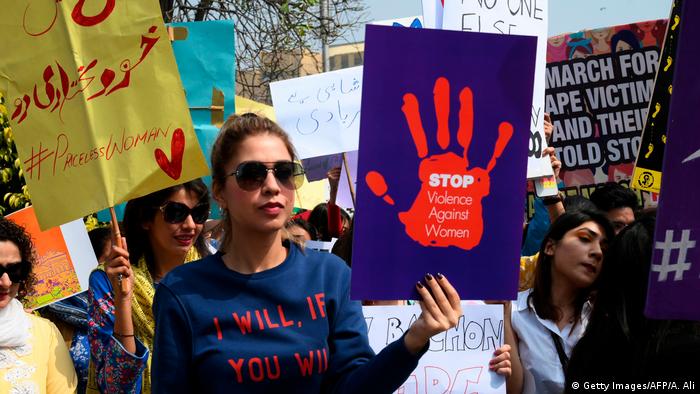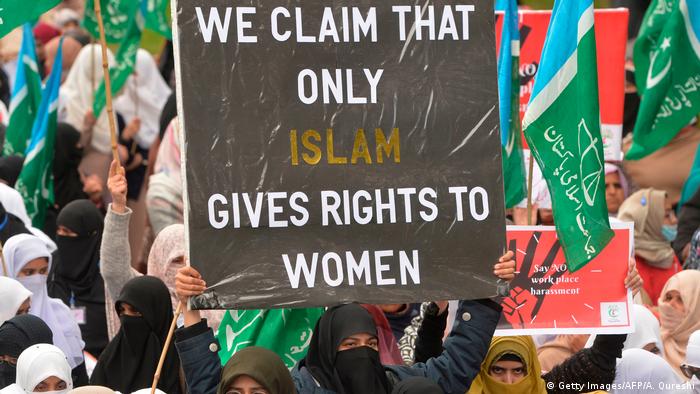PAKISTAN
DAWN EDITORIAL
A celebration of women
WE now know that the pandemic is no ‘great equaliser’. The repercussions of the contagion on livelihoods, mental health, education, etc have been far more pronounced for females across the globe, but especially so in developing countries.
During the past year, far more women lost their jobs when the economy contracted due to shutdowns; female students found themselves being forced to prioritise household duties over online classes; and rates of domestic violence shot up with victim and perpetrator isolated in close quarters with each other for extended periods of time.
Today, March 8 — International Women’s Day — women of the world, and their allies across the gender divide, stand in solidarity with each other and declare loudly and firmly: the status quo cannot endure.
The Aurat March, which is a definitive marker of International Women’s Day celebrations in this country, has evolved into an inclusive platform for marginalised voices resisting the status quo. Transpeople, Baloch women whose loved ones have been forcibly disappeared, internally displaced women, women from urban centres and rural areas, all come together to draw strength from each other and from the inspirational battles that many of them have fought, and create networks for collective action.
Each year, the march manages to ‘provoke’ the gatekeepers of ‘honour’ and ‘culture’— both notions often used to control women’s behaviour and deprive them of agency and autonomy. This time around, appropriately enough, the Aurat March is titled ‘Patriarchy ka Pandemic’, and its charter of demands largely focuses on access to healthcare as a right. One of the demands is for “massive state investment in rehabilitative programmes to manage the long-term effects” of gender-based violence on victims. Another urges the government to make public a plan to address “Covid-19-specific challenges faced by women and gender minorities”. The charter also calls for sexual harassment committees to be set up in all medical facilities to create a safe working environment.
The women’s movement has come a long way from the years of Gen Ziaul Haq, the military dictator whose regressive laws sparked a gender rights struggle as had never been seen before in this country. The pro-women legislation that has come about in recent years is the fruit of all those years of advocacy, of grassroots awareness-raising, of standing ground against character assassination and state-sanctioned violence, and of simply refusing to acquiesce to a patently unjust system.
It is time to reflect on what can be done so that women-friendly laws can better achieve their purpose, and how the environment can be made more conducive to that end. Having legislation is critical but it is one half of the battle. To bring about societal change, the minds of men — and the many women who have internalised misogynistic double standards — must become capable of reimagining a woman’s role.
Published in Dawn, March 8, 2021

















